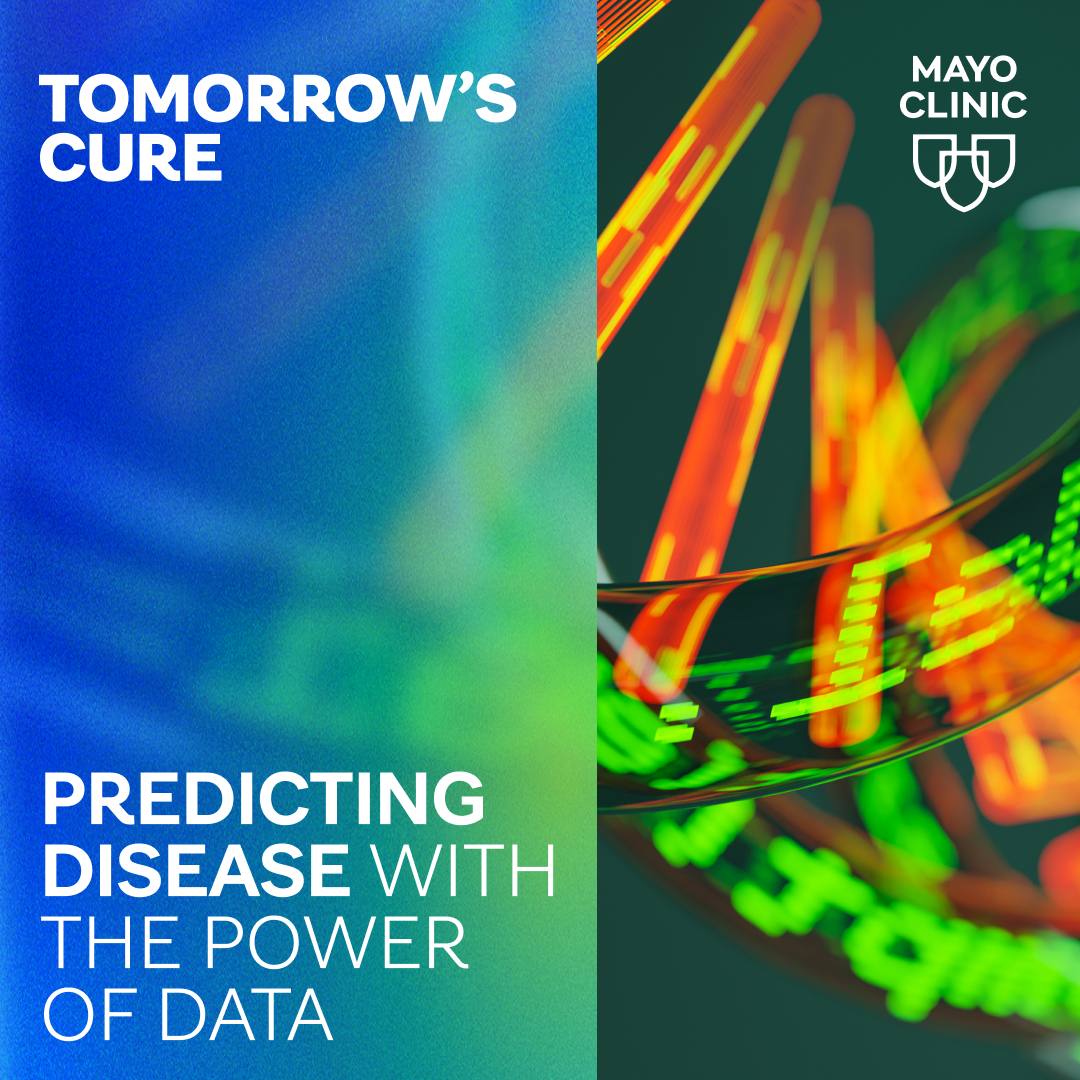-
National Family History Day – What’s in Your Genes?
 As you gather around the table this Thanksgiving it’s the perfect opportunity to share stories from each generation. Buried in the many stories that are passed down through families are possible hints that may indicate the potential presence of a disease causing (or predisposing) gene in a family.
As you gather around the table this Thanksgiving it’s the perfect opportunity to share stories from each generation. Buried in the many stories that are passed down through families are possible hints that may indicate the potential presence of a disease causing (or predisposing) gene in a family.
To start, it’s useful to know if anyone on either side of your family has had a major medical condition, at what age it was diagnosed, how it was diagnosed, by whom it was diagnosed, and how it was treated. Then consider expanding these questions out to additional family members. Drawing family trees can help you keep track of this information (trees can be compiled by using tools like the one found in Mayo Clinic GeneGuide™).
“Mayo Clinic GeneGuide combines genetic testing with a web-based educational application to help consumers understand information about their own genetic background,” says Matthew Ferber, Ph.D., a Mayo Clinic genomics researcher. “This helps individuals understand their results and learn the language of genetics so they can have informed discussions with their health care providers.”
Today, DNA sequencing and a detailed family history are often used together to help people understand their chances of developing or passing on a disease. For many people, keeping track of their family’s medical history is simply a precaution, and there are often no clues that raise concern. But for some, it can be life-changing. Research has shown that several types of cancer and heart disease could be detected and, in some cases, even prevented if those at risk are identified early.
Some warning signs of a potential disease causing gene within a family include:
- Onset of disease at an earlier age than population average
- Family history of the same disease multiple times in multiple relatives (e.g., multiple relatives diagnosed with an arrhythmia)
- Personal and/or family history suggestive of a syndrome (e.g., colon and uterine cancer in the same side of the family can indicate the family is at an increased odds to have Lynch syndrome)
- Personal and/or family history of a diagnosis of a rare disease
Although DNA sequencing is a powerful way to identify individuals at risk of developing a disease, collecting family history information is still an important practice. The Centers for Disease Control advises that people collect family history information whenever possible. What better time than Thanksgiving to begin the discussion.
Related Articles







